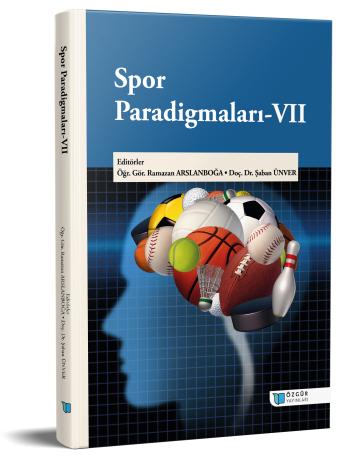
The Effect of Dancing on Problem Solving and Anger Situations
Chapter from the book:
Arslanboğa,
R.
&
Ünver,
Ş.
(eds.)
2024.
Sports Paradigms- VII.
Synopsis
As soon as the adventure of movement that begins with our existence is put into a form and consciously begins to be performed, the dance begins. Dance, which is as old as the birth of humanity, has always been a means of integration with nature and self-expression. The physiological and psychological positive effects of dancing on the human body, its contribution to motor development are currently being investigated by scientific methods. In everyday life, people face a wide variety of problems in the course of life, almost every day, even several times a day. While some of these problems need to be solved quickly and effectively, some of them are so simple that they do not require intensive effort of the individual. In everyday life, individuals want to solve the problems they face. In order to solve the problem, they use a number of effective response options that they have added to their behavioral repertoire with past learning. However, situations where there is no effective response in the individual's behavioral repertoire are considered problematic situations. Therefore, when there is no effective response that an individual can give in the face of a problematic situation that happens to him, problem-solving behavior is needed (D'zurilla and Goldfried, 1971). Anger is an emotion that arises in an unplanned way for various reasons such as being blocked, criticized, wronged and humiliated. Anger can be expressed constructively, destructively, verbally, behaviorally or physiologically. However, the direct and open expression of anger is not welcome in many cultures. Expressing anger directly without going through any filter makes a person open to verbal and physical attack, disrupts domestic and interpersonal relationships. At the same time, directly expressed anger causes a person's self-esteem to drop, as it can also bring with it a feeling of shame (Deffenbacher et al., 1996).

